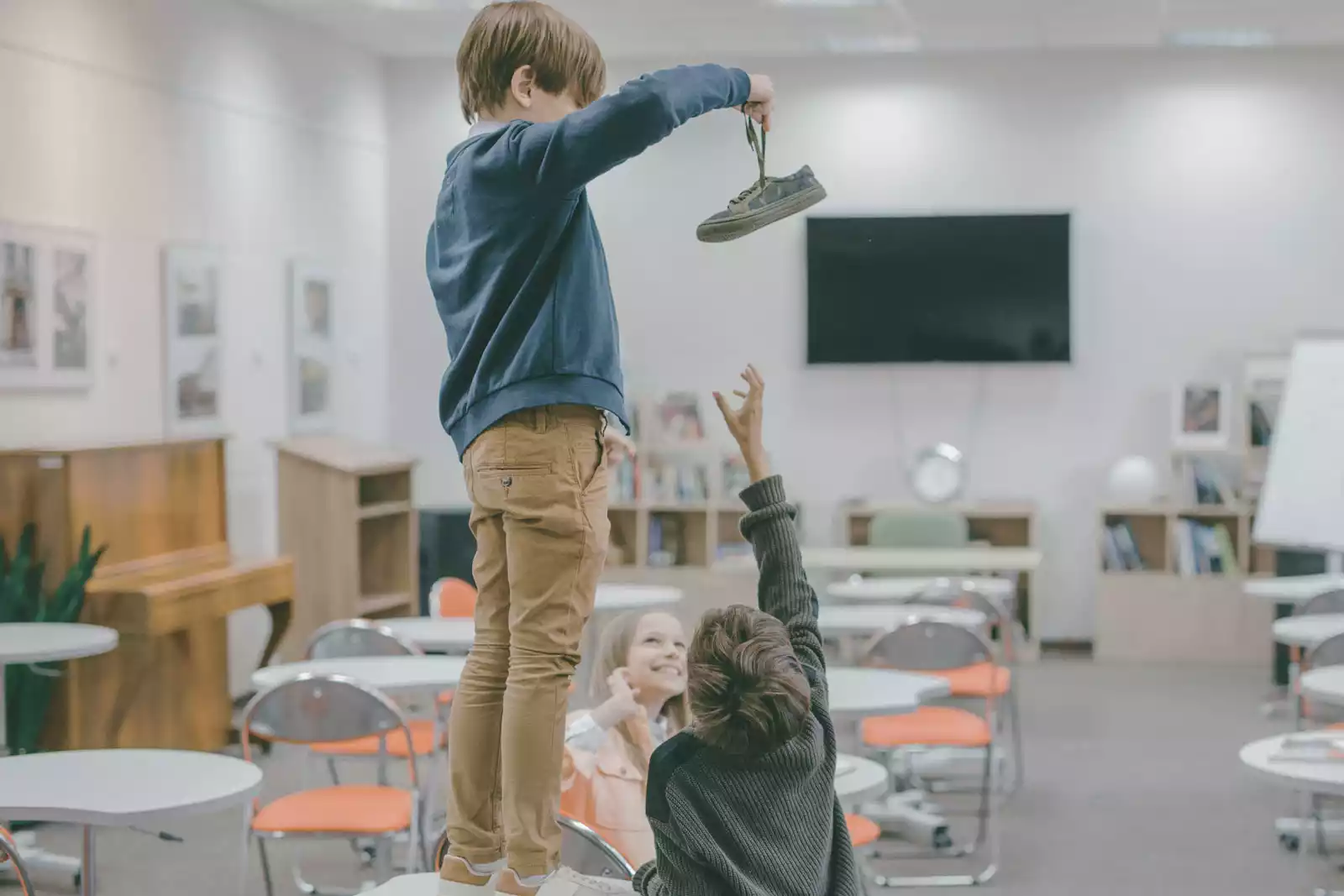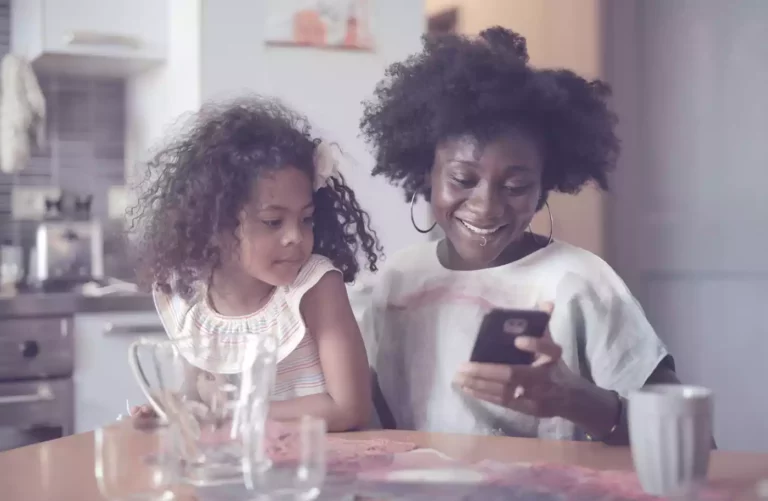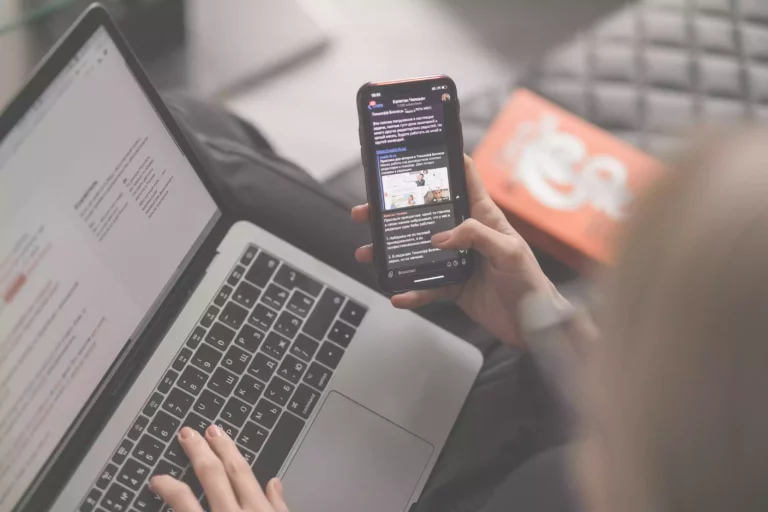Handling conflict and difficult situations is never easy.
Youth activity leagues provide an important opportunity for young people to socialize, build skills and stay active. As with any group of individuals in a shared space, however, there may inevitably be instances of disagreements or conflict that arise among participants.
That’s what it is so important as the director or leader of a youth activity league to have conflict resolution processes in place so that conflicts can be addressed quickly and appropriately when they occur.
Conflict is an inevitable part of any team or organization, and that’s what it is so important as the director or leader of a youth activity league to have conflict resolution strategies in place to prevent and address conflict.
Tips for Handling Conflict in Your Activity League
Conflicts can arise in youth activity leagues for a variety of reasons, ranging from disagreements about the rules of a game to competition between players. No matter what the source may be, it’s important to address conflicts quickly and effectively as they can have serious consequences such as disrupting team chemistry and creating an environment that is less enjoyable or even dangerous for participants.
Here are some tips on how best to handle disputes:
Encourage communication between players
Encouraging open communication between players is an important step in preventing disputes from happening or escalating. Make sure all participants are aware of protocols for addressing disagreements and how to use effective communication skills when interacting with team members.
Establish clear expectations for behavior prior to starting the program
Create a code of conduct and set expectations for behavior that all participants are expected to follow. Clearly explain the consequences that can occur if these rules are not followed and make sure everyone understands.
Embrace a Parent-Youth Committee
Creating a Parent-Youth committee can be an effective way to foster understanding and create meaningful relationships between young people, their parents, the community and law enforcement. It will also increase involvement within your PAL program as well as promote inclusivity and collaboration among participants.
Facilitate conflict resolution between players in a constructive manner
When conflicts do arise, take the time to facilitate an effective resolution process with the involved parties. Involve both sides in the discussion so they can each have their say, emphasize respectfulness among all members throughout any conversations and suggest solutions together when needed.
Encourage inclusion and equality
It’s important to establish a policy of non-discrimination; all participants should be treated with respect regardless of race, gender identity or expression, physical or cognitive ability, sexual orientation, ethnicity or religion. This will help create an inclusive environment in your Police Activity League and for everyone involved.
Ensure youth are heard
When resolving conflicts, make sure that all parties are given a chance to voice their opinion on the situation so everyone feels heard. Encourage respectful discussions with an emphasis on listening rather than just talking or trying to resolve every dispute quickly without giving each person involved an opportunity for input.
Outlining expectations for rhetoric and behavior
By setting guidelines for behavior that everyone has agreed upon, it can limit the potential of conflicts arising or escalating in the first place. Make sure all participants are clear on what is acceptable rhetoric and behavior and emphasize that there will be consequences if these expectations are not met.
Conflict Resolution Strategies for Police Athletic Leagues
Police Athletic Leagues provide recreational activities for young people and can be an effective tool in building relationships between law enforcement and the communities they serve. But, just like any organization or group working with youth, conflicts will arise from time to time. It is important to have conflict resolution strategies in place so that these disputes are addressed quickly and effectively. Conflict resolution strategies should include:
- Educating members on policies around communication/conflict resolution
- Establishing a clear process for resolving disputes
- Ensuring participation by all parties involved in the dispute
- Emphasizing respect throughout the process
- Encouraging compromise among participants when possible
By incorporating these strategies into your Police Activity League program it will ensure that everyone feels safe while participating and help create an environment of respect, trust, collaboration and understanding among those involved.
Explore other resources for PALs and explore our website to learn more about strategies for managing a successful Police Athletic League at PALPartner.org.



